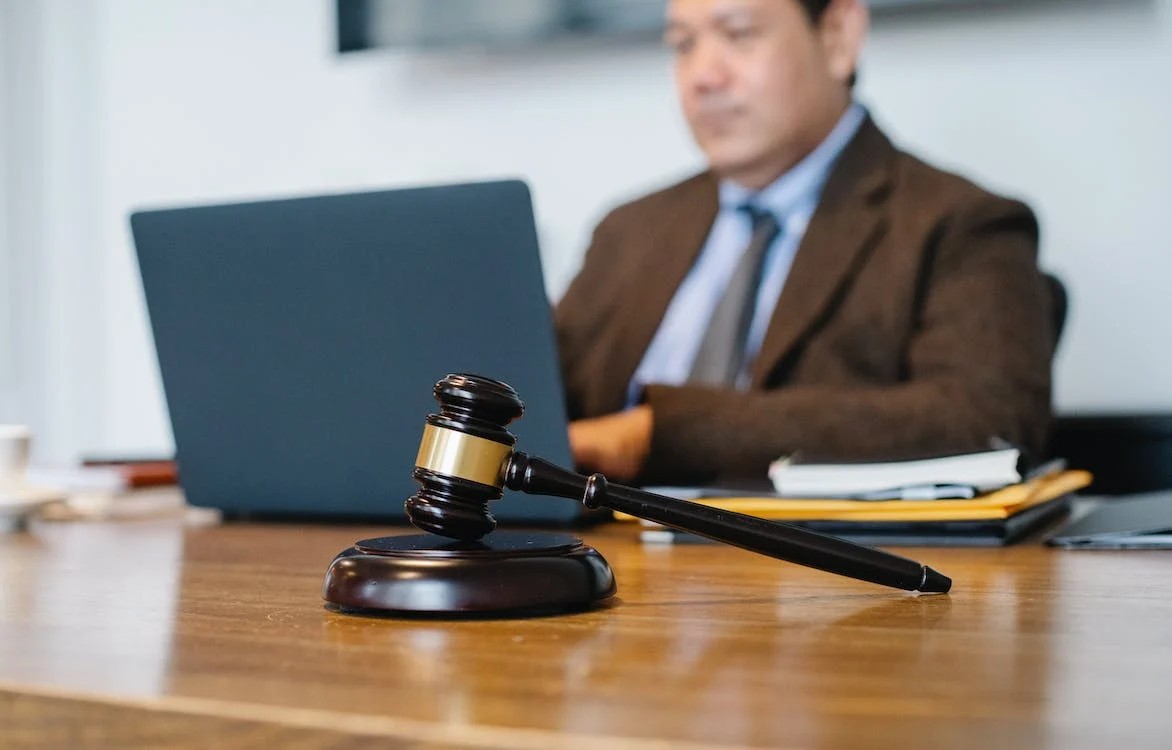How to Protect Your IP Online: A Guide for Creators
Image source: Pexels.com
Are you a creator who makes or shares your work online? If so, you need to know how to protect your intellectual property (IP) rights. IP rights are the legal rights that you have over your creations, such as inventions, artistic works, designs, symbols, names, and images. IP rights can help you to earn money from your work, prevent others from copying or stealing it, and enhance your reputation and goodwill.
However, protecting your IP online can be tricky. The internet is a vast and open space where anyone can access or use your work without your permission or credit. This can result in IP infringement, which is the unauthorized use of your IP rights by others. IP infringement can harm your business, reputation, and creativity.
So how can you protect your IP online? Here are some steps that you can take to safeguard your work and enforce your rights.
Register Your IP
The first step to protect your IP online is to register it with the relevant authorities in your country or region. This will give you legal proof of ownership and make it easier to enforce your rights in case of infringement. You can find more information about how to register your IP [here].
Use IP Notices
The second step to protect your IP online is to use IP notices on your website or platform where you display or distribute your work. These notices include symbols like © (for copyright), ™ (for trademark), ® (for registered trademark), or Pat (for patent). They also include statements like “All rights reserved” or “Unauthorized use prohibited”. These notices will alert the visitors that your work is protected by IP laws and that they need your permission to use it.
Use Encryption
The third step to protect your IP online is to use encryption to secure your data and communications. Encryption is a process that converts your information into a code that can only be deciphered by authorized parties who have the key. Encryption will prevent hackers or unauthorized users from accessing or tampering with your work online.
Use Watermarking
The fourth step to protect your IP online is to use watermarking to mark your work with your name or logo. Watermarking is a technique that embeds a visible or invisible image or text on your work that identifies you as the owner or creator. Watermarking will deter others from copying or using your work without your consent or credit.
Use Licensing Agreements
The fifth step to protect your IP online is to use licensing agreements to grant others the right to use your work under certain terms and conditions. Licensing agreements are contracts that specify the scope, duration, fee, and obligations of both parties. Licensing agreements will allow you to control how others use your work and generate income from it.
Use Cease and Desist Letters
The sixth step to protect your IP online is to use cease and desist letters to demand that infringers stop using your work without your permission. Cease and desist letters are formal letters that warn the infringers of the legal consequences of their actions and request them to comply with your demands. Cease and desist letters will show that you are serious about protecting your rights and may persuade the infringers to stop their illegal activities.
Conclusion
Protecting your IP online is essential for any creator who wants to succeed in the digital age. By following these steps, you can safeguard your work and enforce your rights against infringers. Remember, you have worked hard to create something unique and valuable, so don’t let anyone take it away from you.





0